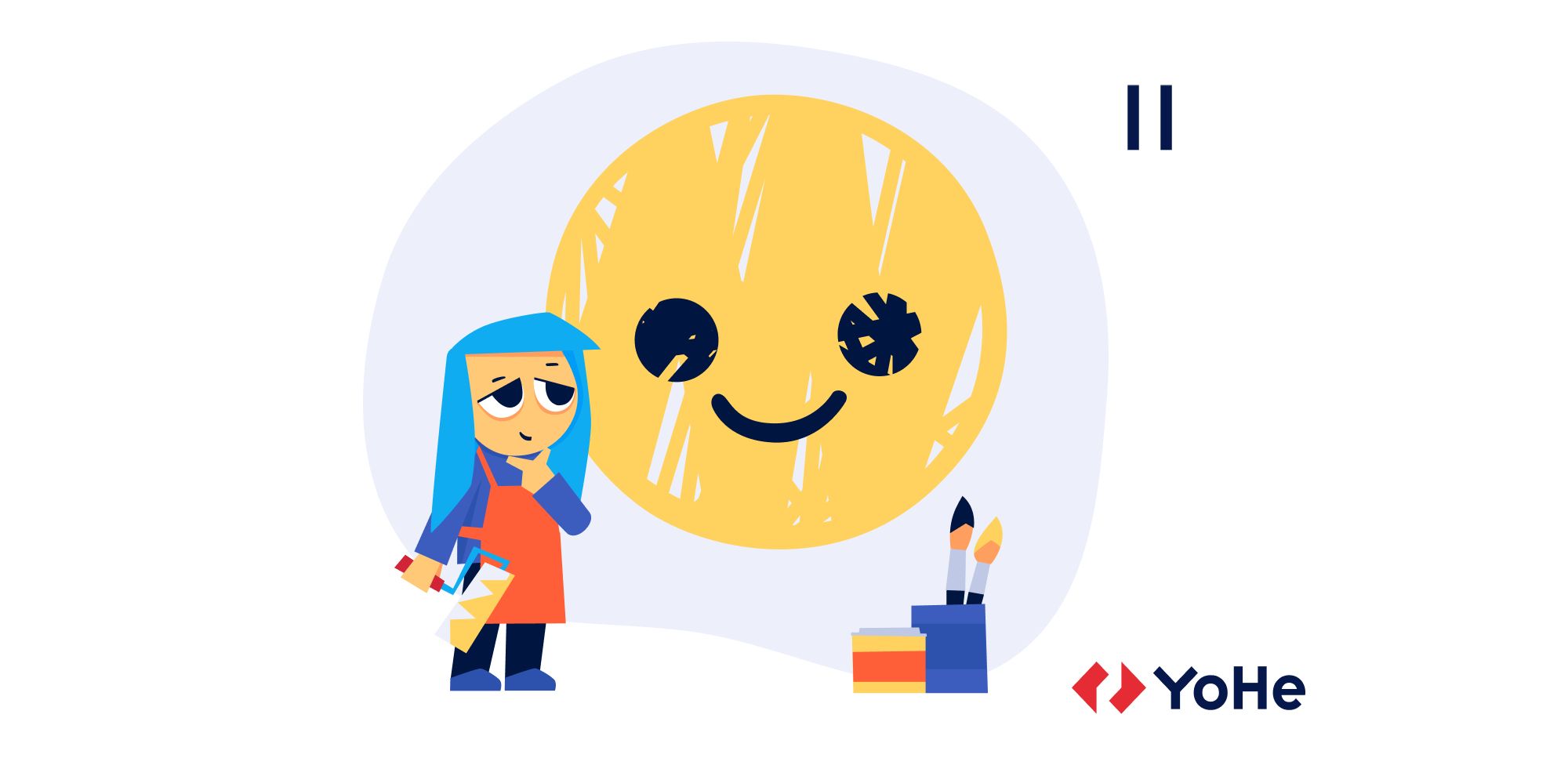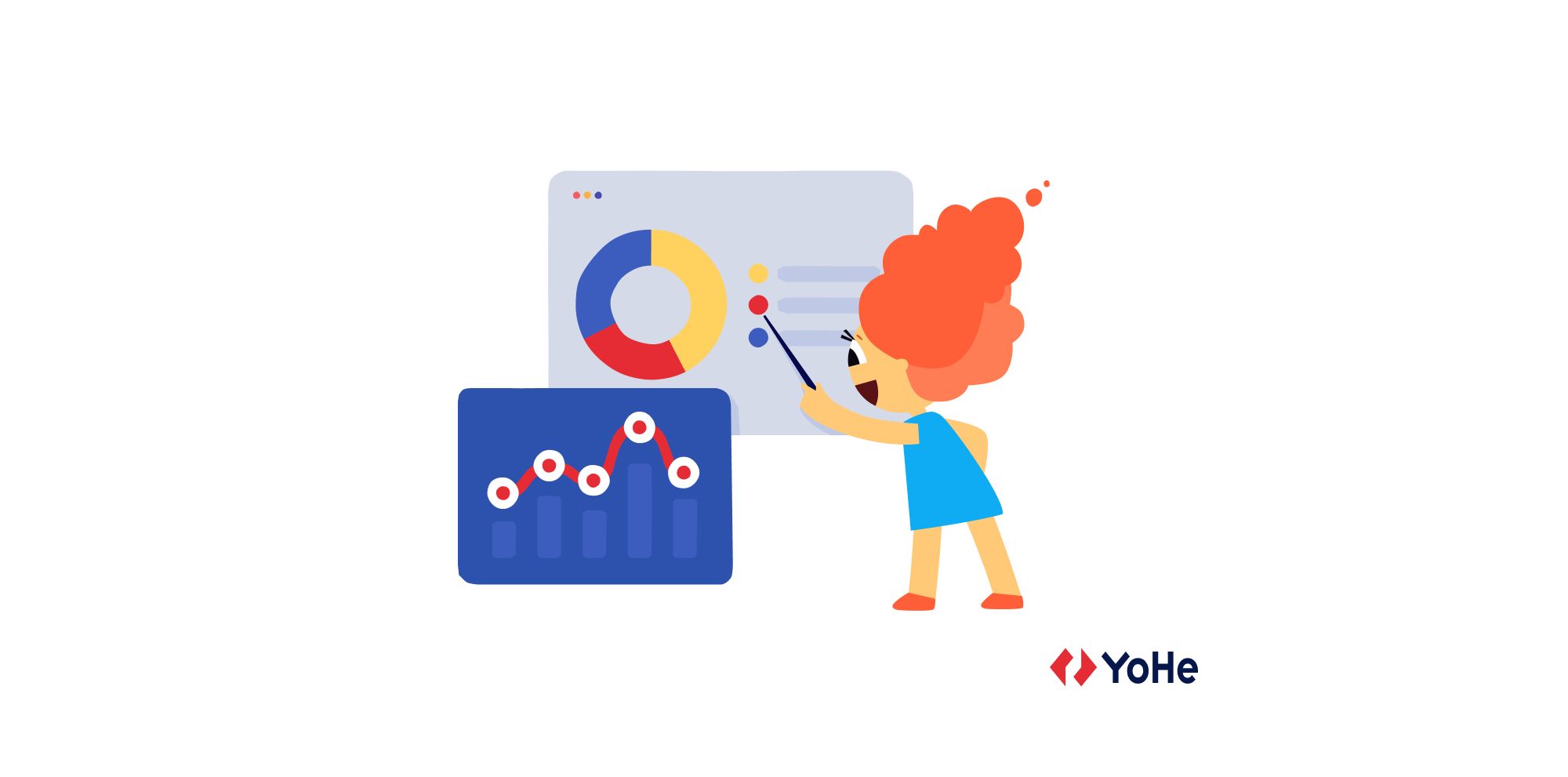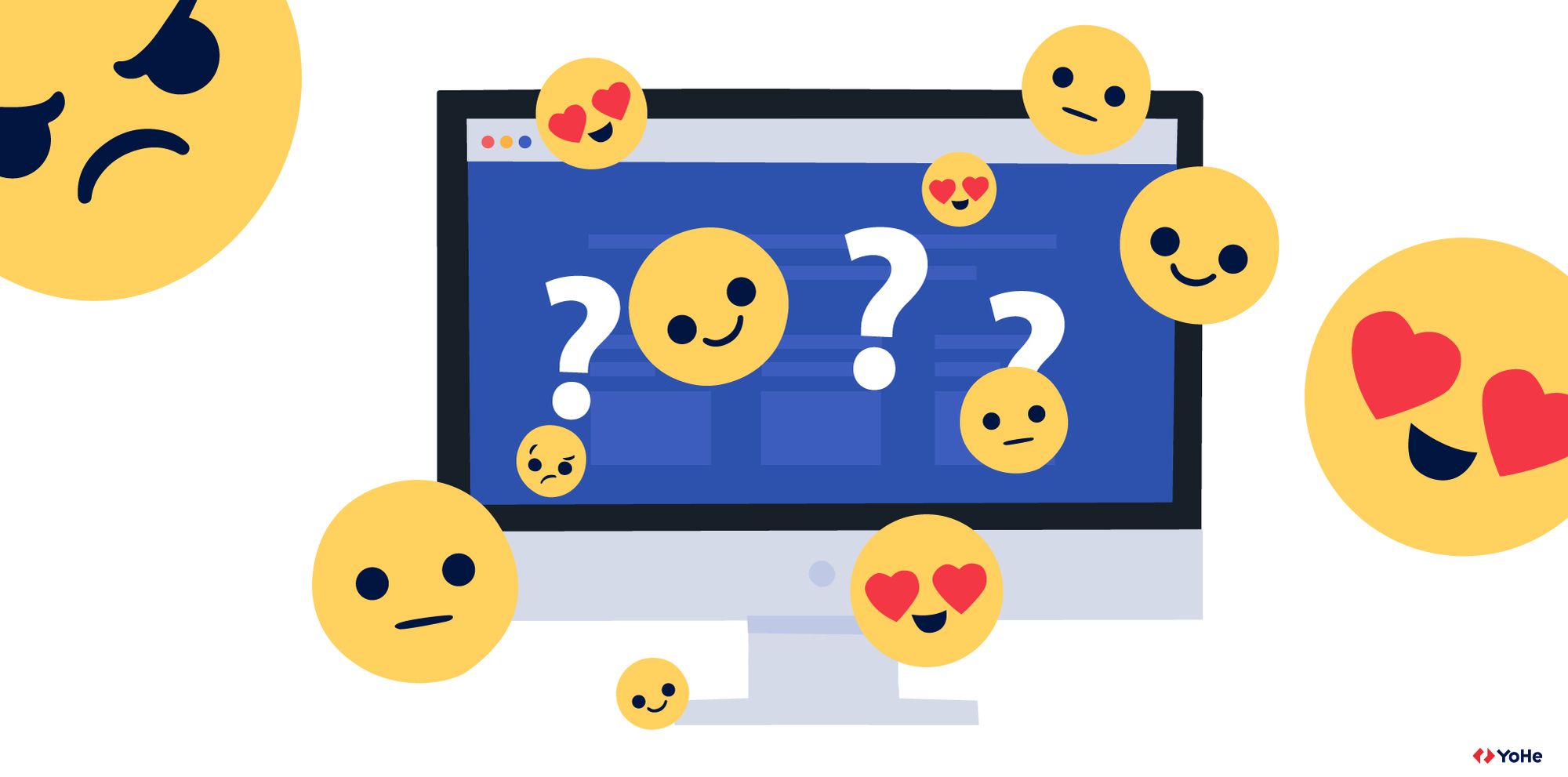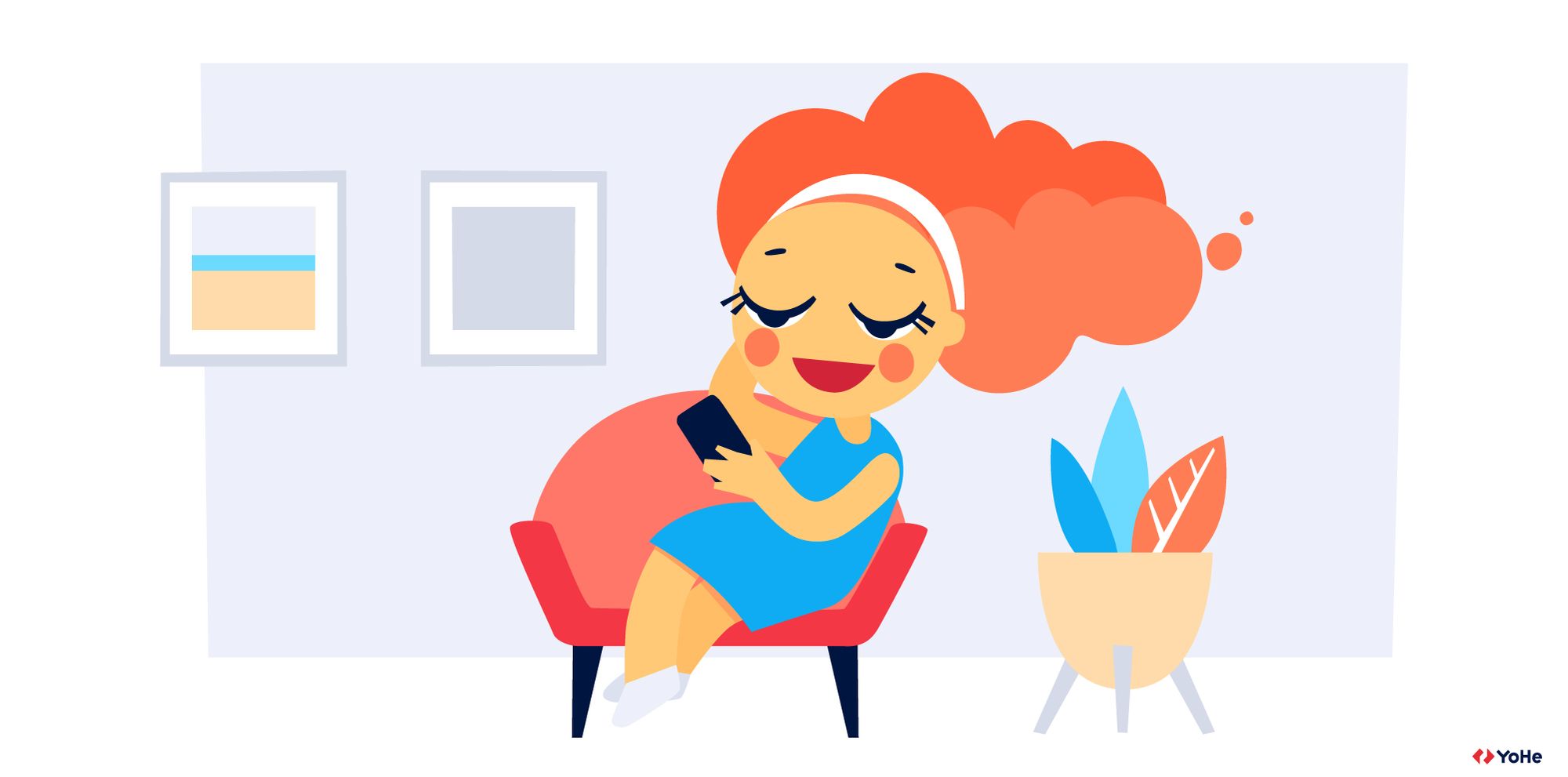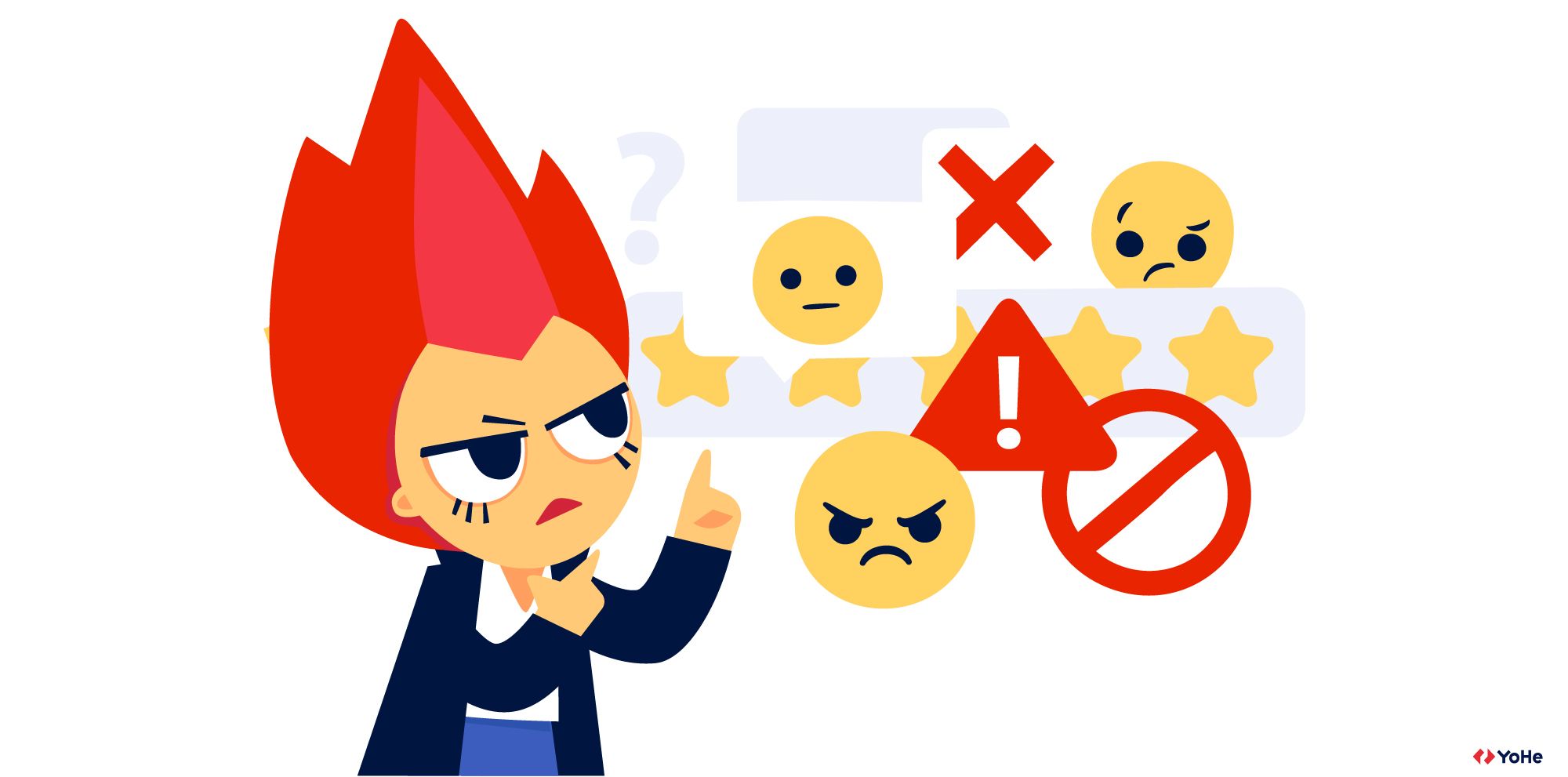The only way to find out what is hiding in a person's head is to talk to him. Unless, of course, you can't read minds.
Questions to clients help find out what they think, what they want, and what they need. The type of question affects what answers you get. So the first thing you need to decide is what the question should be. And they can be open-ended or closed-ended.
Open-ended questions are not limited to anything, they can be answered in full detail. Closed-ended are narrowly focused, with multiple choices. They are usually answered with a couple of words or a choice of an option.
If you understand the differences between them, you will be able to ask users more appropriate questions and get more useful answers. Whether you're part of the marketing, product, or sales team, you need to ask the right questions at the right time to collect high–quality feedback, create a better user experience, and increase conversion and sales.
What are closed-ended questions?
Strengths:
Demographic research
Use it if you need to determine the demographic composition of your users: age, gender, marital and employment status. It's easy to find out with a closed-ended question. So you can make an approximate portrait of your average user.
KPI measurement
Understanding how many users rate the experience of interacting with you as excellent or are ready to recommend you to friends is a barometer of the health of your business. This data is easy to calculate, and you can monitor the dynamics over time.
Weaknesses:
Depth of immersion in the topic
Before you ask a closed-ended question, you should be 100 percent sure that you understand its topic. Otherwise, you will forget to add extremely important options for your users. For example, if you asked the question: "What transport did you use to get to work today?" – and given the options: "Car, bus or on foot" – you would at least miss the "metro" and "bike" and get unrepresentative results.
Lazy answers
Respondents who have not formed their opinion can still participate in the survey. It will prevent you from interpreting the results correctly.
Termination of the discussion
When you ask a closed-ended question, you may accidentally limit the answers to the options you want to see. Even worse, a closed question can force a person to answer in a certain way.
To get an insight, you need to ask a few questions
If you want to get insights about several areas of a site or product, you will have to ask a separate question about each.
Conclusion:
Closed-ended questions can be answered, as a rule, only by choosing from several options, with the options "Yes/No" or by putting a rating (for example, on a scale of numbers or emojis).
Closed-ended questions provide fewer insights, but help to count quantitative feedback. For example, one of the most popular questions in marketing is the one that allows you to determine the Net Promoter Score: "How likely is it that you would recommend this company to a friend or colleague?"
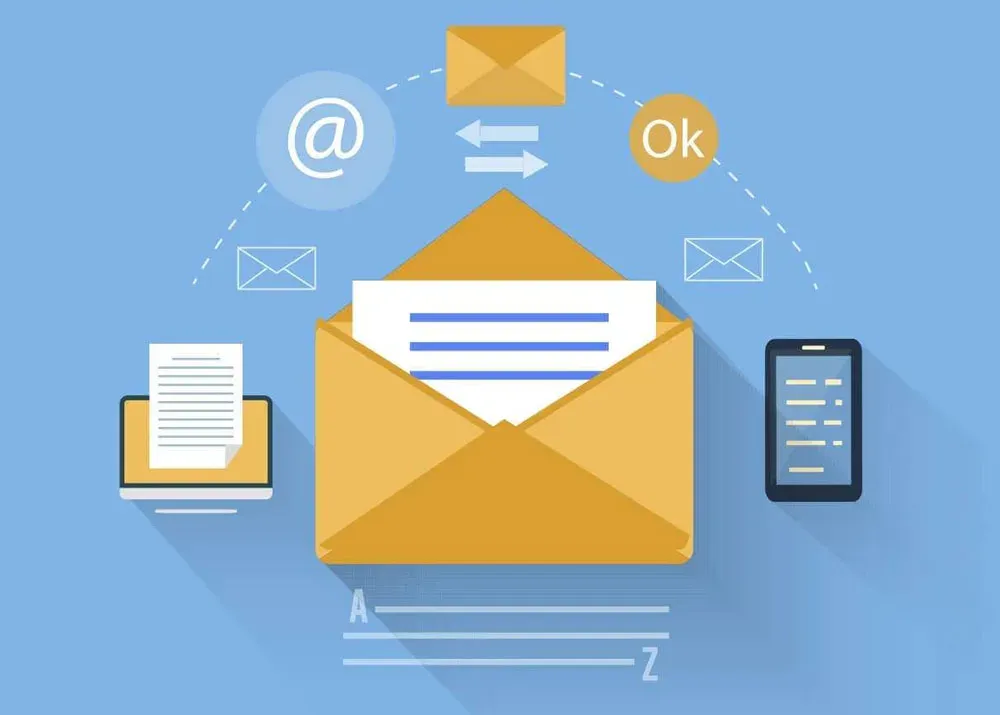
What are open-ended questions?
Strengths:
More useful insights
Open-ended questions allow respondents to share their opinions, emotions, and advice in detail. Closed-ended questions, due to their simplicity and limitations, can leave the user without those answer options. And you will not receive feedback on a closed-ended question if it is not clear or if the respondent lacks some options.
No messy responses
Open-ended questions do not allow users to answer them at random. When using closed-ended, it is possible – if desired, you can randomly poke at any answer.
Unexpected information
Since you can get absolutely any answer to an open-ended question, they often allow you to find out something completely unexpected that you didn't even know about. For example, that promo codes don't work.
Weaknesses:
It is harder to pull out insight from unstructured data
Open-ended questions do provide the most useful insights. But it is not easy to isolate them from the entire feedback. To do this, you need to overlay yourself with Excel tables, brew several cups of coffee, barricade all doors and windows and start an interesting, but long process.
A large number of empty answers
To answer the question, you need time, your own opinion, and your efforts.
Generalized answers
The questions may seem too general for some respondents. Plus, different people respond to the survey with different levels of response detail.
Conclusion:
Open-ended questions are created to receive detailed, unique answers to them. They are not limited to a choice of several options or a Yes/No option.
Open-ended questions help you see the site or product through the eyes of the user, because you get feedback in their language, and not just through standard answers.
7 examples of usage of open-ended and closed-ended questions
Most closed-ended questions can be turned into open-ended ones with a couple of strokes. Here are some simple examples:
Please note: almost every closed-ended question can be answered in one word – yes or no. Such answers can give a general idea about the users. But not the understanding of the context behind any problem.
So if you need high-quality data, reformulate closed-ended questions into open-ended ones. Changing the question, try to answer it yourself. When you manage to do it, you have coped with the transformation.
The main rule: when you ask a question, aim to find out why your users perform certain actions, and not just what they do. On websites, it is much easier to understand with the help of other tools – web analytics, session recordings, heatmaps. But they won't tell you why.
In the end, we will summarize the differences between open-ended and closed-ended questions so that you know in which situations it is better to use one or another type:
- Open-ended questions allow people to express their opinions in their own words.
- Closed-ended questions assume a limited number of answers, for example, "yes" or "no".
- Closed-ended questions allow you to collect quantitative data.
- Open-ended questions bring more insights and help to understand better how users interact with the site.
- You can turn a closed-ended question into an open-ended one by asking the user to clarify the answer.
- Avoid questions with pre-imposed answers and those that end with a clarifying "and why?"
- Good surveys consist of a maximum of a few short questions and a passing scale.

